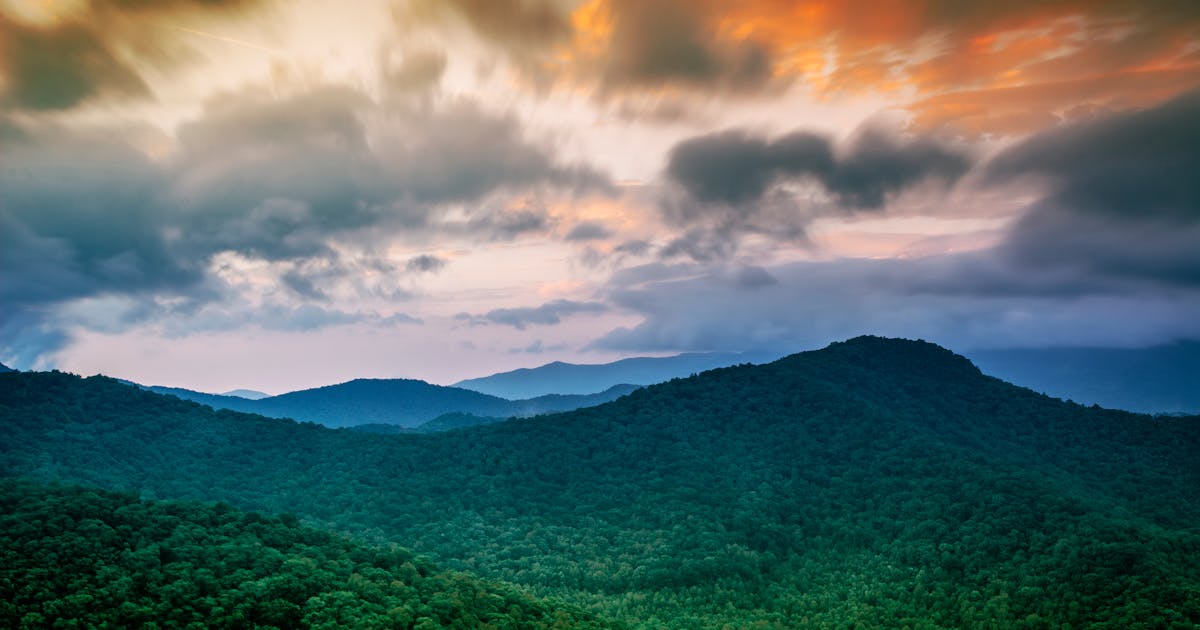Editor’s Note: Climate Week is taking place from September 23 to September 29. Check Conservation News for coverage of this global forum.
World leaders will gather next week for the three-day UN Climate Summit, aimed at redoubling countries’ efforts to curb climate-warming carbon emissions.
Joining them in New York: business leaders, climate experts, activists and more for a week of side events aimed at driving climate action. Climate Week 2019 arrives at a critical time, with public recognition of the climate crisis higher than ever as fires rage in the Amazon and glaciers vanish.
Here are three things you need to know about Climate Week.
The world is at a critical moment for climate action, with many countries’ commitments to curb emissions falling short of the targets set in the Paris Agreement. And as climate change accelerates, so does the planet’s average temperature, with current estimates putting it on track to increase at least 3 degrees Celsius (5.4 degrees Fahrenheit) by 2100.
So how do countries, companies and individuals get their emissions reductions back on target before Earth passes the point of no return? Enter Climate Week.
New York Climate Week will be “a unifying moment for the climate movement,” explained Shyla Raghav, Conservation International’s vice president, climate change, because it will “bring together governments, civil society and the
private sector to re-evaluate and double down on their emissions reduction goals and plot a course of action to get serious about addressing climate change.”
Countries aren’t on track to meet the goals of the Paris Agreement, Raghav acknowledged. But there is still time to get back on track — by turning to nature.
“To put this planet back on course,” she said, “we need nature. Specifically, we need to help countries and companies achieve zero deforestation, rally around critical conservation initiatives such as protecting the Amazon, and increase
funding for natural climate solutions.”
Nature can provide more than a third of all emissions reductions necessary to meet the goals of the Paris Agreement. Reducing deforestation and restoring degraded lands helps to regulate the climate while providing a host of benefits such as biodiversity,
flood control, freshwater supply and more. What’s more, protecting nature is relatively inexpensive and immediately scalable.
Conservation International recently signed the Nature-Based Solutions for Climate Manifesto, committing to support nature as a climate solution
through policy development, financial support and innovative carbon credit programs. The manifesto, developed for the UN Climate Summit, is only a starting point for the change necessary to ensure a livable planet far into the future.
“We’re not co-leading this for the sake of creating a nice-sounding manifesto,” said M. Sanjayan, CEO of Conservation International. “We’re working for radical collaboration among governments, businesses and indigenous peoples
to unlock the force of nature to heal climate damage. Climate change is the greatest market failure in human history. But by aligning to create value through nature, conservation is going to be the mechanism for its greatest success.”
In 2015, the Paris Agreement became the largest global framework to combat climate change — here’s why 2020 is so important for accomplishing the goals outlined in this historic agreement.
As world leaders prepare to meet to discuss the climate breakdown, fires continue to burn through the Amazon.
Fortunately, some countries are stepping up to protect this tropical forest ecosystem.
In the face of wide-scale deforestation helping accelerate climate change, our forest expert describes restoration, a technique that could help bring trees back.
In the face of climate breakdown, our researchers are exploring transformative ways to help people adapt.
And despite the grave headlines, our CEO explains why there are still reasons for hope.
You can be a part of the solution. Here are 5 ways that you can help fight climate change.
Bruno Vander Velde is the senior communications director for Conservation International. Kiley Price is a staff writer for Conservation International.
Want to read more stories like this? Sign up for email updates. Donate to Conservation International.
Source: www.conservation.org
